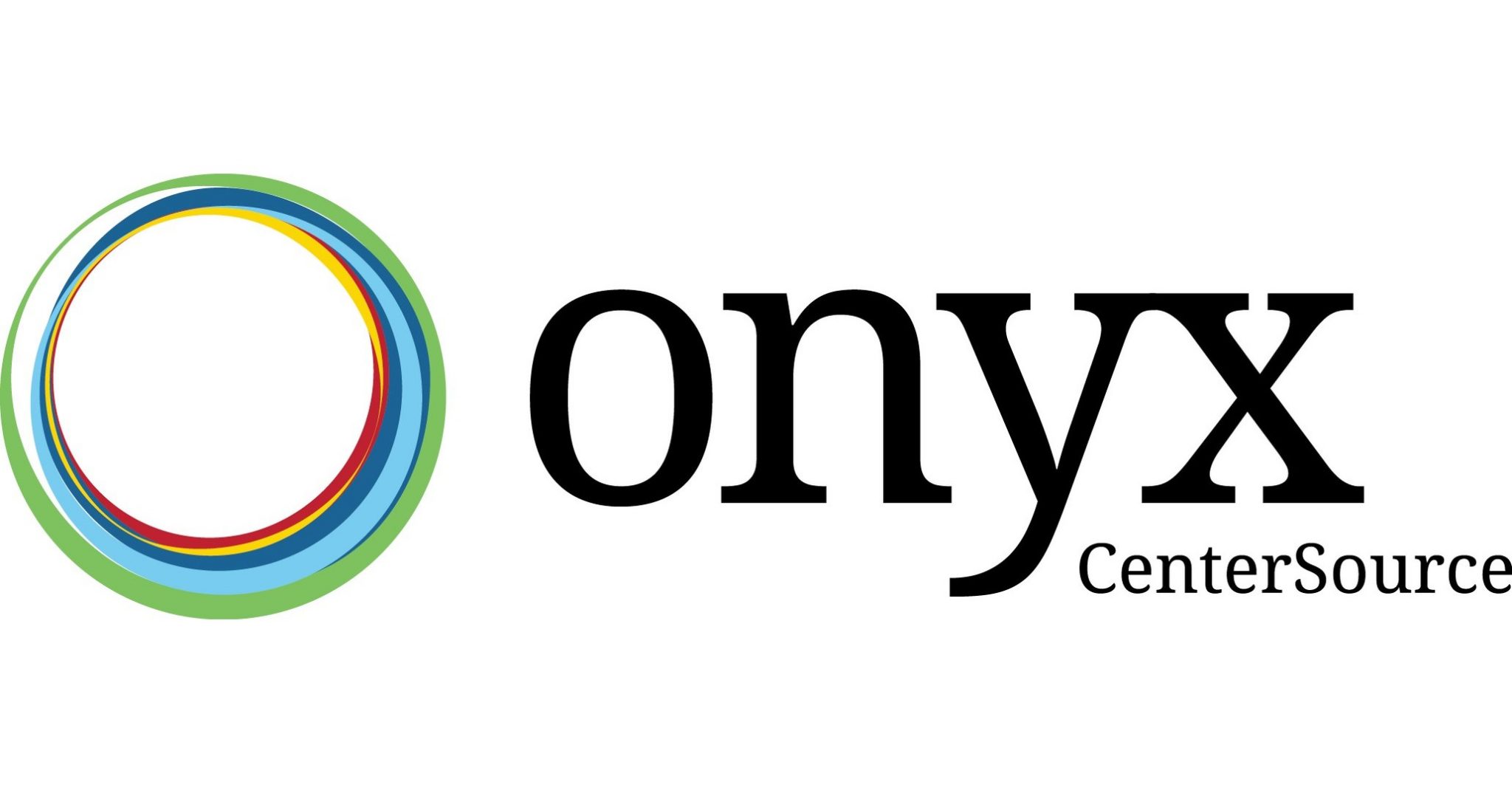Skift Take
The pandemic proved that digitized payment solutions are no longer a “nice-to-have” for travel and hospitality companies and the businesses they work with — they’re now a must. Thankfully, new digital payment solutions in the B2B space, many inspired by innovations in B2C payments, are now available, as the industry looks toward a post-pandemic landscape.
This sponsored content was created in collaboration with a Skift partner.
The pandemic brought the hospitality and travel industry to its knees. According to The World Travel & Tourism Council’s (WTTC) annual Economic Impact Report (EIR), the global travel and tourism sector suffered a loss of nearly $4.5 trillion in 2020.
The events over the past 18 months also highlighted how outdated the old methods of doing business were. As global events continue to reshape the industry across the board, businesses and brands are hungry for new, digital payment strategies in their pursuits to become fully future ready.
SkiftX spoke with Jim Casale, vice president of product management, global payments, and Brian Clubb, senior vice president of product management and marketing, at Onyx CenterSource, a B2B payment and business intelligence company. The conversation touched on the future of digital payments, the ways in which businesses and brands are embracing payment tech innovations as they shift away from legacy payment protocols, and the payment issues around an increasingly global travel market.
SkiftX: What issues did the pandemic bring to the surface around payment transactions? How did it change how people think about the future of the industry?
Jim Casale: Even prior to Covid-19, the travel industry suffered from a lack of payment transparency and automation, along with long settlement periods. The pandemic caused challenges, such as money flows being reversed, travel demand and proceeds being ceased, and payments needing to be refunded. It also caused unprecedented strain on customer service support systems. Like all industries, travel players were forced to quickly adapt and address gaps in business models and supporting technology.
Brian Clubb: Prior to the pandemic, travel was growing at a healthy clip, so there was less pressure on changing legacy payment approaches. But the devastating impact of the pandemic forced the industry to put a greater focus on cost containment, efficiencies, and automation, in addition to ensuring the health and safety of everyone involved in payment transactions.
SkiftX: How are digital solutions overhauling the way travel and hospitality businesses make payments?
Casale: The crisis demonstrated that digitized business models — which weren’t dependent upon face-to-face interactions and had the ability to accept electronic payments — held a significant competitive advantage. For an effective recovery, digital innovation will be key in enabling travel players to interact more efficiently. This will allow payment systems to be more flexible and safeguarded, while creating a seamless flow between traveler booking and various intermediators across the entire value chain.
Clubb: Post recovery, the travel industry is projected to resume its growth trajectory at pre-pandemic levels, which will potentially accelerate due to the growth of travel in emerging markets such as China, India, and other countries in the Asia-Pacific region, so managing multiple types of payments will be key. Additionally, our research shows increasingly digital B2C payment tech tools are pushing greater advancements in the historically less-innovative B2B business payment space.
SkiftX: How will virtual wallets and cards become a more dominant means of payment? What are the barriers to their successful rollout?
Casale: Virtual cards hold the promise of greatly improved management processes, simplified accounting, and new revenue opportunities. The power of virtual cards lies in several key characteristics: global business and consumer ubiquity, combined with the ability to convert currencies; customizable controls to govern issuance, payment timing, payment restrictions, security controls, and execution; and enhanced transaction details and data speed reconciliation.
Despite travel agents being early adopters of virtual cards to pay airlines and hotels, other areas of travel have not adopted them as widely, mainly due to perception problems around their benefits.
Clubb: It’s less about the traditional virtual card as we know it today, and more about how businesses leverage global payment networks to digitize payments in both open and closed loop environments. There are barriers to be solved for sure, such as legacy pricing models and the need to make the transaction ‘smarter’ by including incremental data within the transaction itself, so it can be automatically reconciled.
SkiftX: What are some of the considerations around cross-market banking and payment regulations between markets, particularly for larger travel buyers, aggregators, and OTAs?
Casale: Travel payment flows are complicated by a number of factors, including the global nature of travel, the complexity of inter-country regulations, and the diversity of payment mechanisms. They’re also used by both consumers and businesses, which imposes risk burdens and costs for all parties involved.
Deploying newer payment technologies to lower costs, maximize payment methods, reduce complexity and counterparty risk, and provide seamless integration across the entire payment chain will be paramount if travel providers want to operate efficiently in an increasingly interconnected world.
Clubb: In addition to the traditional needs of currency management and foreign exchange, there is an increased need to be able to handle a larger variety of emerging and local payment methods. This also holds true as small businesses are behaving more like consumers with respect to their payment preferences, such as using Venmo.
One of the most complicated aspects of payments is regulatory compliance beyond the payment itself. For example, invoicing and VAT compliance are becoming more complicated each day, so working with a global payment partner that understands these needs is critical.
SkiftX: Hard-hit during the coronavirus, hotels and agencies found that legacy B2B methods raised the risk of sluggish payments, and sometimes not getting paid at all. What methods are being used to curtail these issues?
Casale: Covid caused extreme difficulties with cash flow and delays in collection while exacerbating shortfalls in legacy manual B2B processes. Businesses were forced to rethink methods for both sending and receiving payments, as well as the historical overreliance on check payments. Although commercially available prior to Covid, the pandemic prompted a rapid pivot to 1) accounts payable automation 2) electronic invoicing to streamline collection 3) payment digitization to increase speed and reduce physical contact, and 4) real-time integration into ERPs and accounting platforms to maximize financial information flow and decision making.
Clubb: Other than removing the traditional friction of payment acceptance options and payment reconciliation, there’s been a shift in new programs and contractual relationships tied to products and or service purchases. Additionally, there’s been a move to more real-time B2B payments modeled on peer-to-peer and other B2C payment methods.
SkiftX: How is Onyx stepping in to help facilitate a new approach to B2B payment methods, especially during a time when payment flexibility is essential?
Casale: Onyx sits in a unique position being in the middle of the value chain for payor and payee businesses, and by extension to the end consumer. As such, we are focused on a holistic approach and enablement of straight-through processing, driven by a combination of modern payments methods and approaches, data-intelligent applications, and process automation. Sending transactions ‘straight through’ a value chain without the need for manual intervention across various touch points will reduce costs, minimize risk, increase transparency, and above all, maximize commerce efficiency across all participants from buying consumers, to fulfillment intermediaries, to travel suppliers.
Clubb: In addition to payment orchestration and applying business intelligence to the payment, we’re offering smarter payment transactions, resulting in automated payment reconciliation and exception management. We’re also adopting new digital consumer payment innovations from B2C into B2B, with issues around regulatory compliance — such as invoicing and VAT compliance — being top of mind. It’s not just about technology for us. It’s about the global client support we offer and our investment in a consultative approach to payments.
This content was created collaboratively by Onyx CenterSource and Skift’s branded content studio, SkiftX.
Have a confidential tip for Skift? Get in touch
Tags: covid-19, digital payments, digital transformation, global payments, otas, travel payments

